SEO and PPC are effective individually, but together they could be a game-changer for healthcare marketing.
According to the Pew Research Center’s Internet & American Life Project, nearly 80 percent of American internet users have searched for medical advice online. So how can healthcare providers tap into this valuable traffic?
Traditionally, pay-per-click (PPC) ads and search engine optimization (SEO) strategies have been distinct — if related — methods of catching patients’ interest and driving conversions. However, by combining these two approaches, medical marketers can see the most meaningful results. In particular, using PPC data to inform SEO keywords can help healthcare providers capture their share of digital traffic.
Not All Keywords Are Created Equal
When it comes to PPC or SEO, the first step is finding the right keywords. There are several types of keywords medical marketers might want to employ, including:
- Branded Keywords: Targeting keywords for unique brand names can lead to increased brand recognition and relevant clicks. For healthcare providers, these keywords may include names of medical practices, hospitals, or particular physicians.
- “Help” Keywords: These advertisements spark patient interest by offering to help with a particular medical issue. “Help” keywords are usually phrases like “get help with fibromyalgia” or “how to eliminate back pain.”
- Long-Tail Keywords: A long-tail keyword is a string of potential queries that builds on itself to drive maximum traffic. For instance, a long-tail medical keyword might be “varicose vein treatment near Phoenix, AZ.”
- Negative Keywords: A negative keyword takes the opposite approach from a traditional keyword, in that medical marketers can establish certain terms that they do not want to trigger their ads.
Differences Between PPC and SEO
The most common type of PPC is search engine advertising, which allows marketers to bid on ad placement on search engines like Google. Search ads appear at the top of users’ search engine results pages (SERPs) when they enter relevant keywords. PPC can offer many benefits for medical marketers — it helps to increase brand recognition and boost web traffic, and its fast results allow for quick analytics and time-sensitive campaigns.
SEO, on the other hand, uses keywords in order to bring a webpage to the top of a potential patient’s organic search results (as opposed to sponsored ads). SEO is a long-term strategy that requires a gradual honing of keywords to yield the most effective search engine matches. Compared to PPC, it is often appealing to marketers because it doesn’t require an upfront investment. Plus, with the right keywords, SEO can become a self-sustaining solution.
How to Combine PPC and SEO
For healthcare providers interested in an innovative approach to online marketing, there are several ways to employ a hybrid PPC/SEO strategy to determine the best keywords, and ultimately maximize web traffic. Methods to hybridize a PPC/SEO strategy include:
- Analyze: If a PPC campaign is run in tandem with — or slightly before — a traditional SEO campaign, PPC data can be used to inform SEO campaigns. With a robust analysis of PPC ads, medical marketers can fine-tune SEO keywords and ultimately increase web traffic.
- Convert: After identifying the most effective keywords and strategies for PPC ads, medical marketers can incrementally reduce the number of PPC ads and convert them to SEO campaigns. Once PPC campaigns have been converted SEO, it’s important to monitor SEO results to ensure they are improving profit.
- Maximize. Another way to combine PPC and SEO is simply to run both campaigns at the same time. This can increase brand recognition and improve healthcare providers’ chances of showing up on a potential patient’s screen.
To stand out in an increasingly competitive market, healthcare providers need to take a creative approach to optimizing their online presence. Innovative strategies for combining PPC and SEO campaigns can help medical marketers gain visibility and increase access to target audiences, thus increasing patient conversions and ultimately the number of appointments booked.
















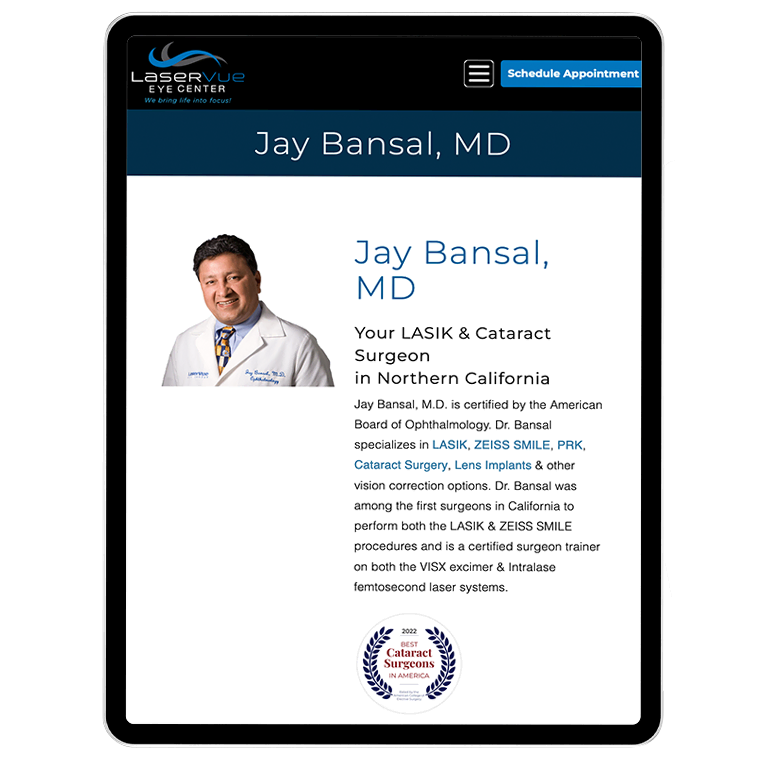





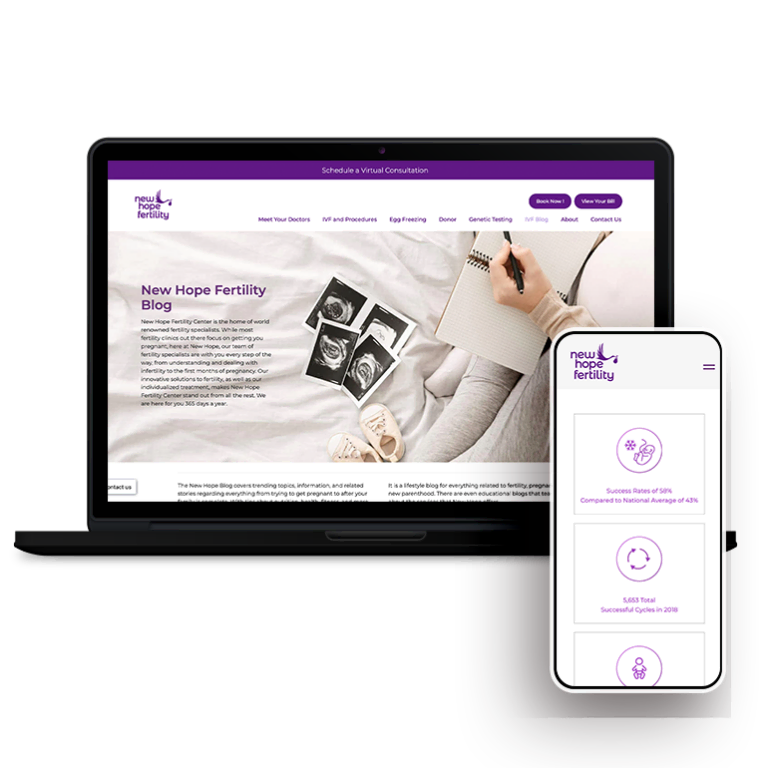
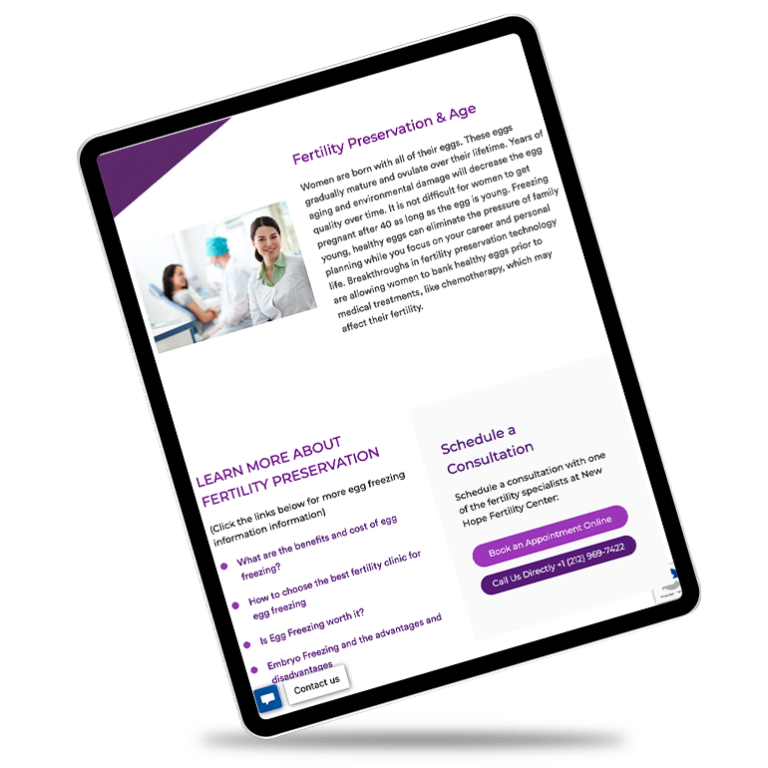

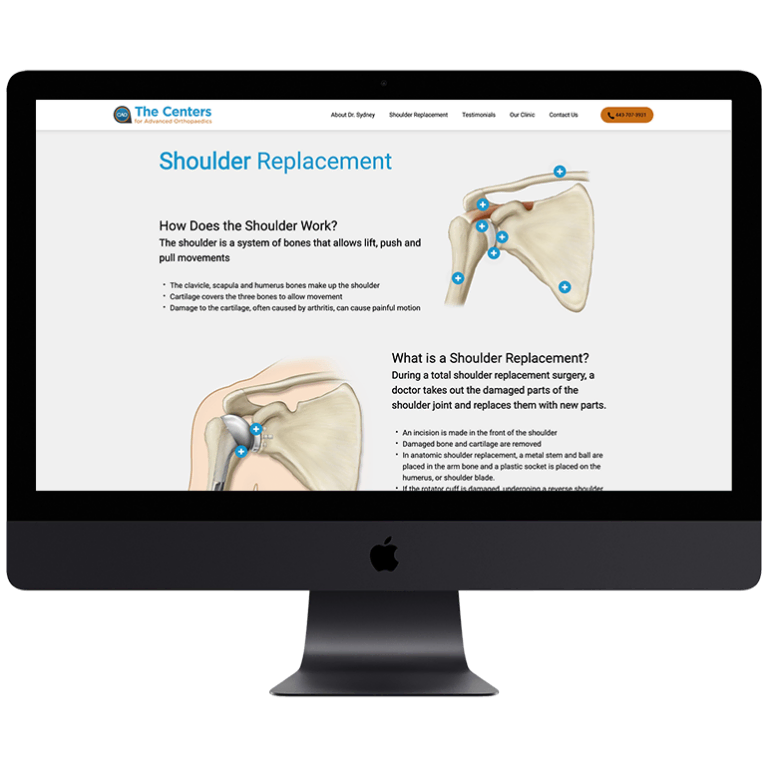




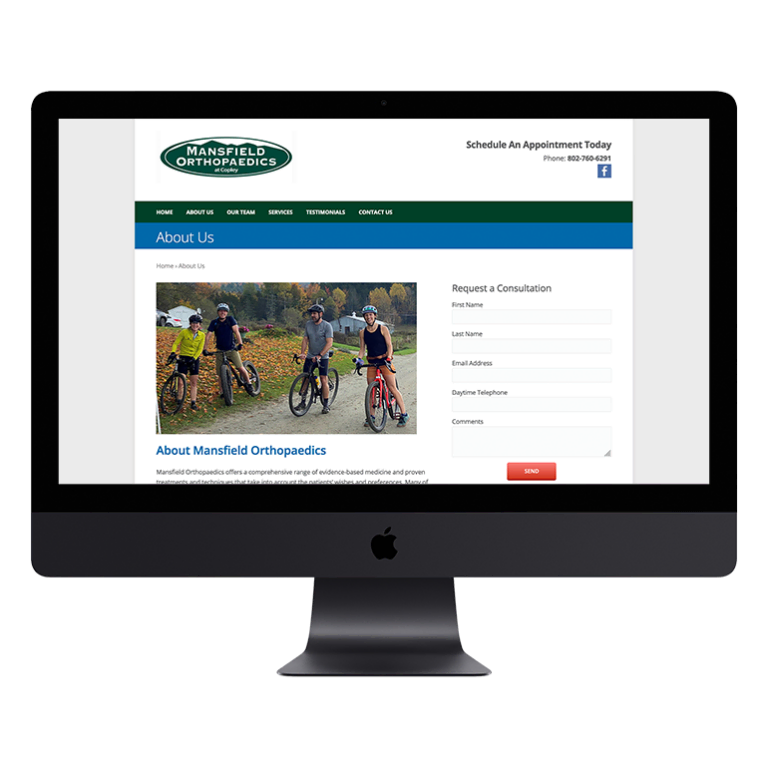


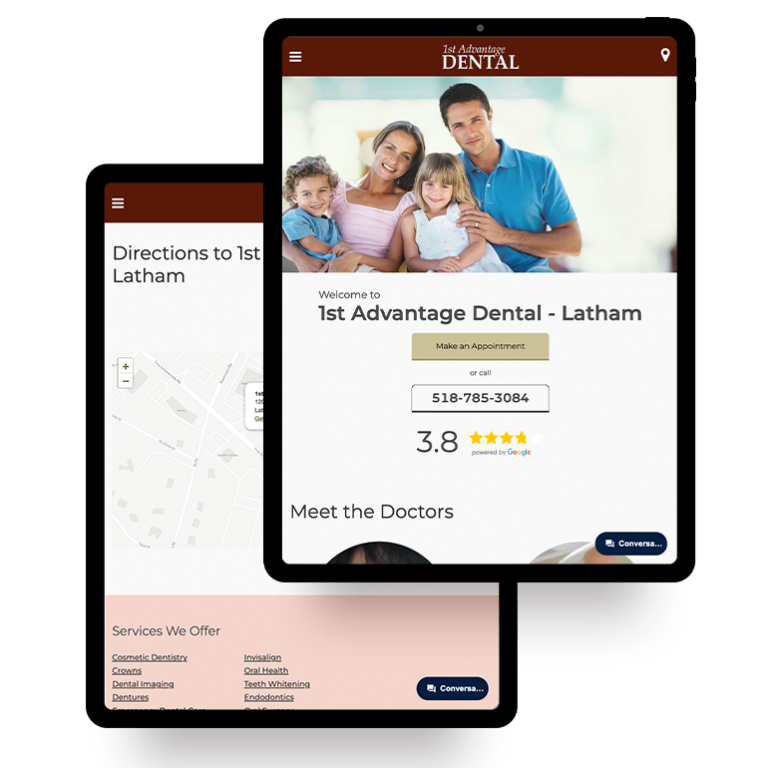

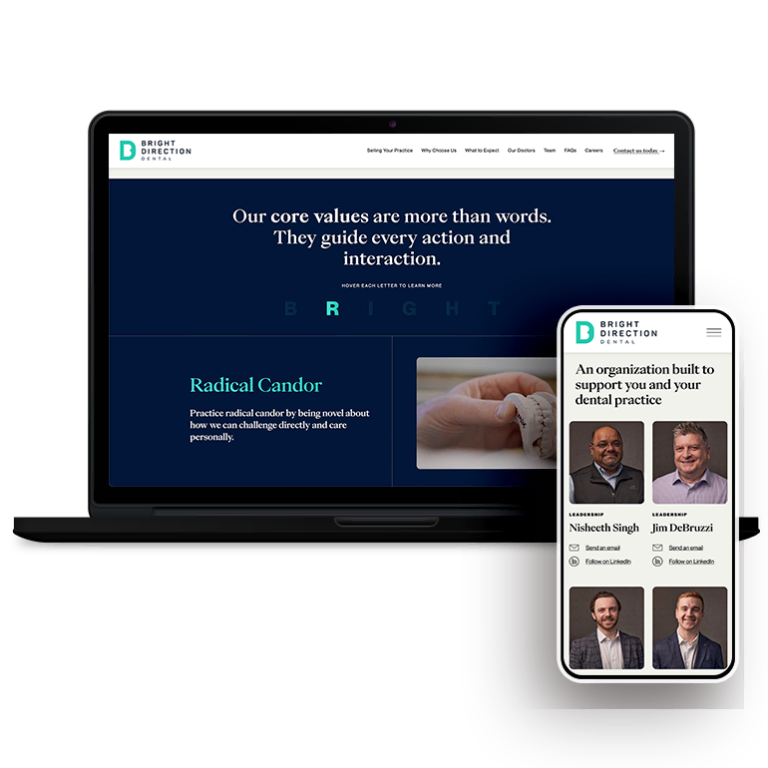
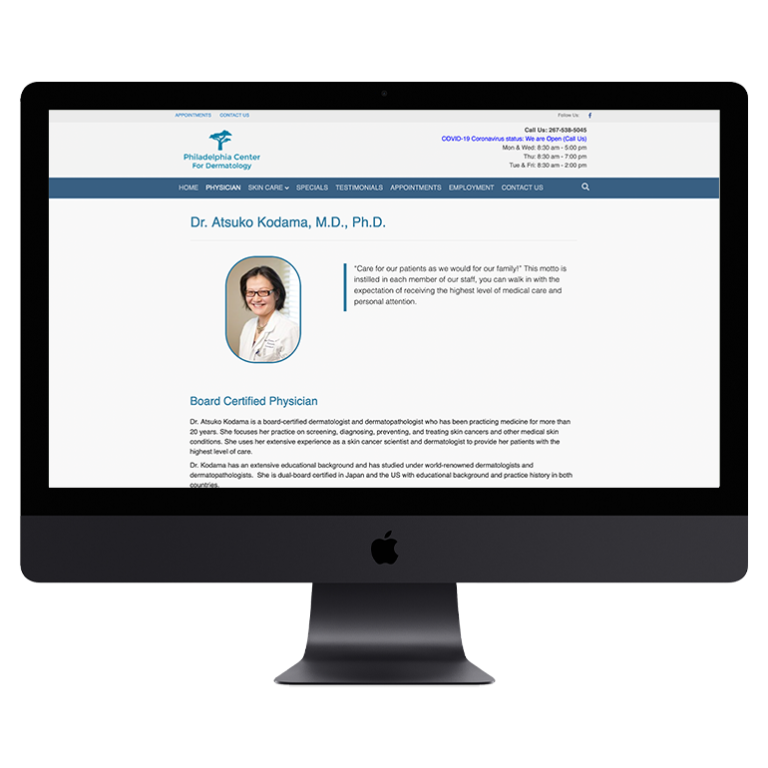





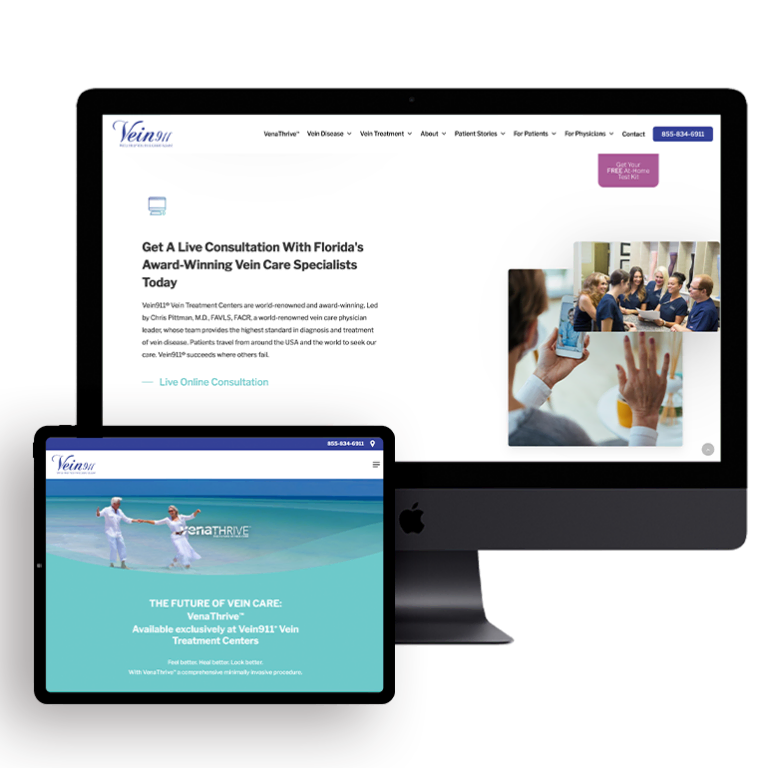
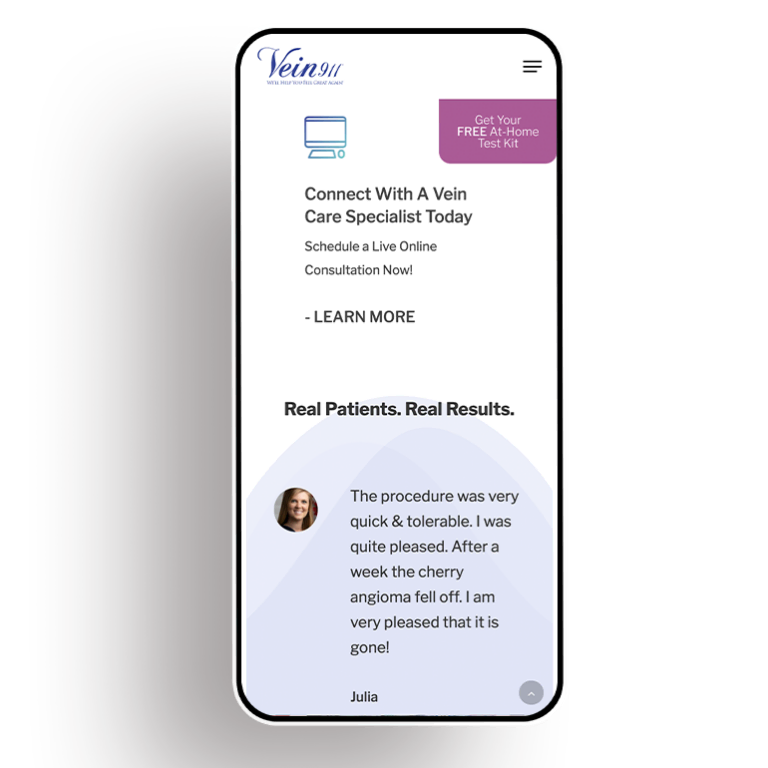
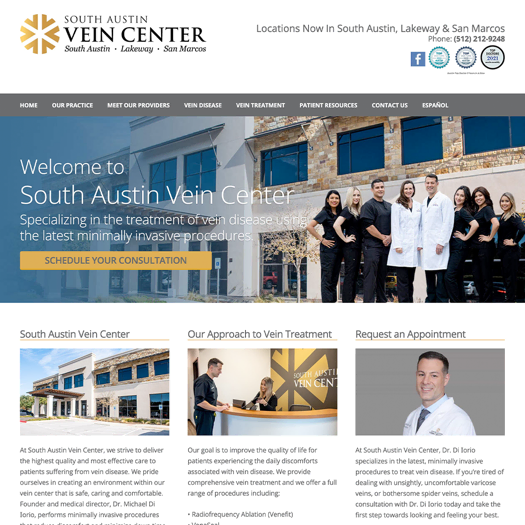
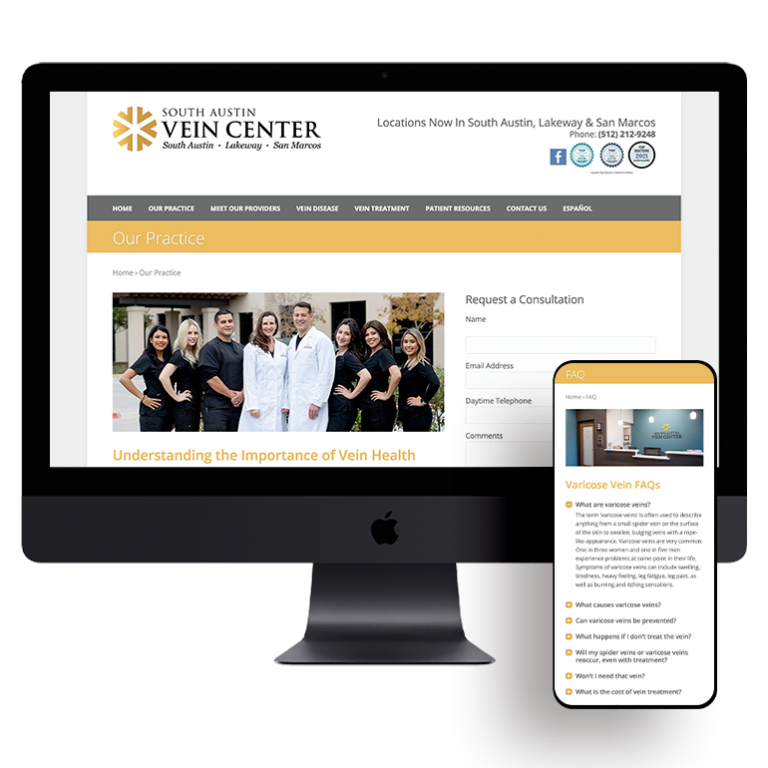
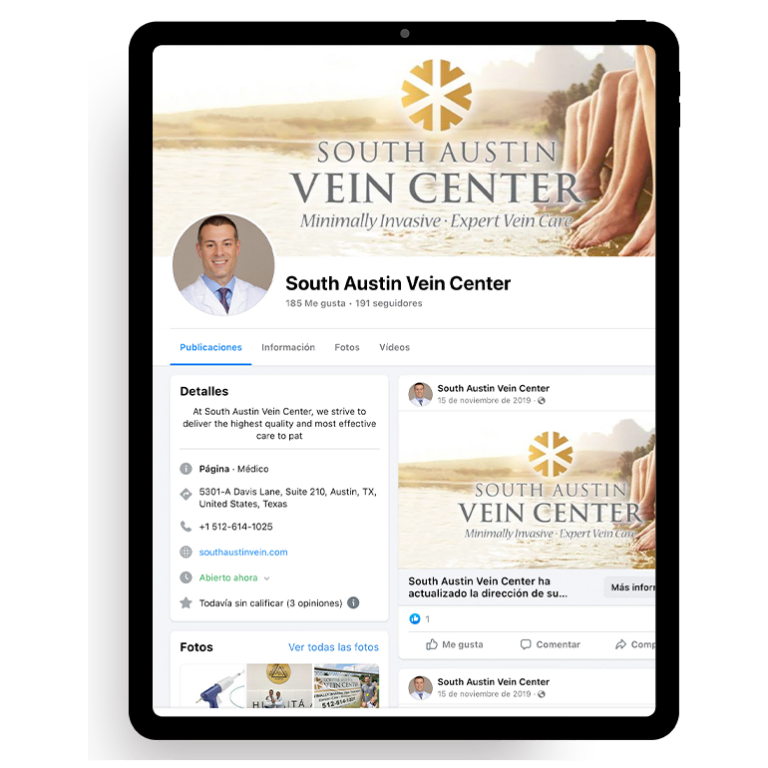



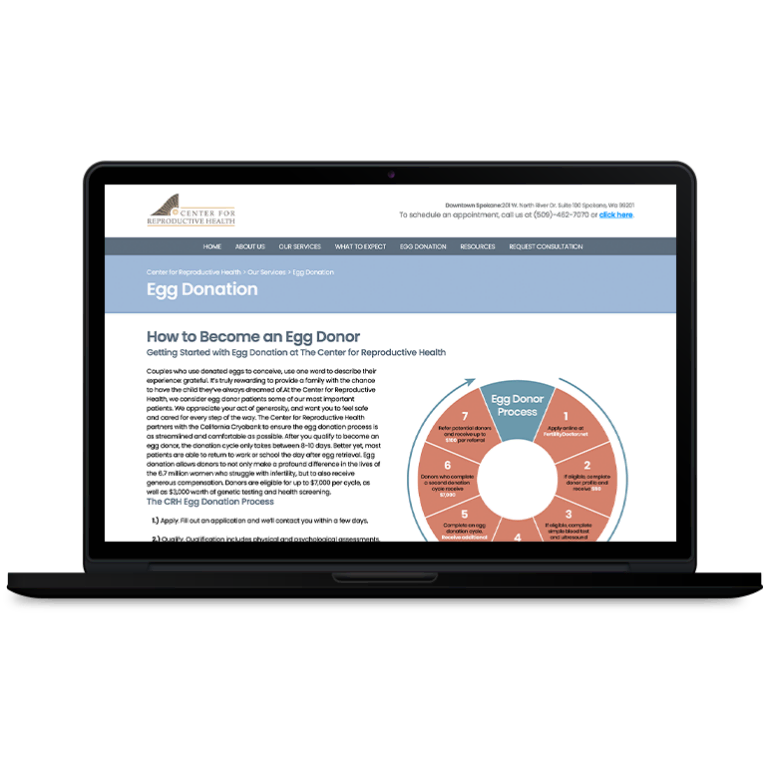
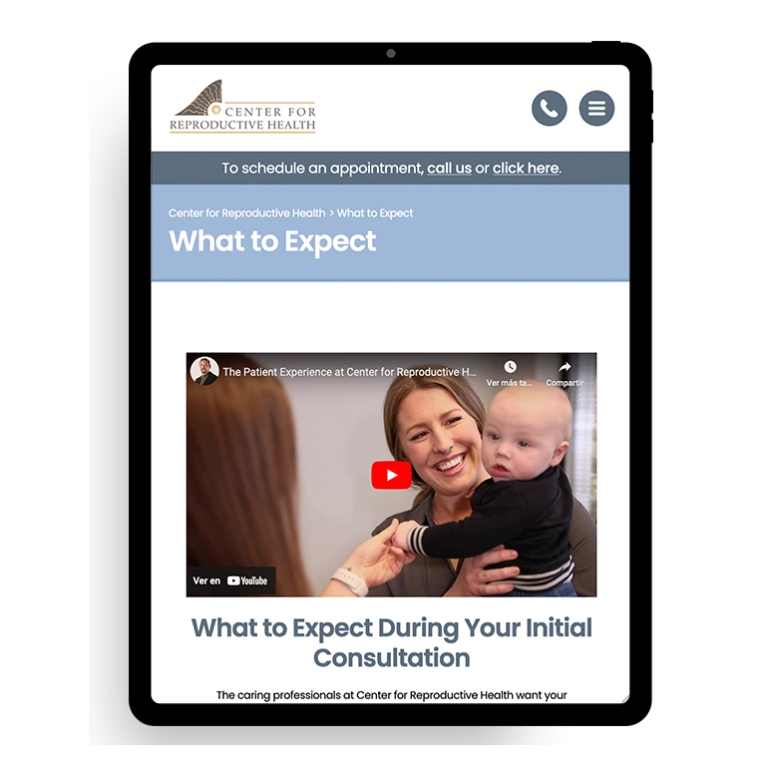
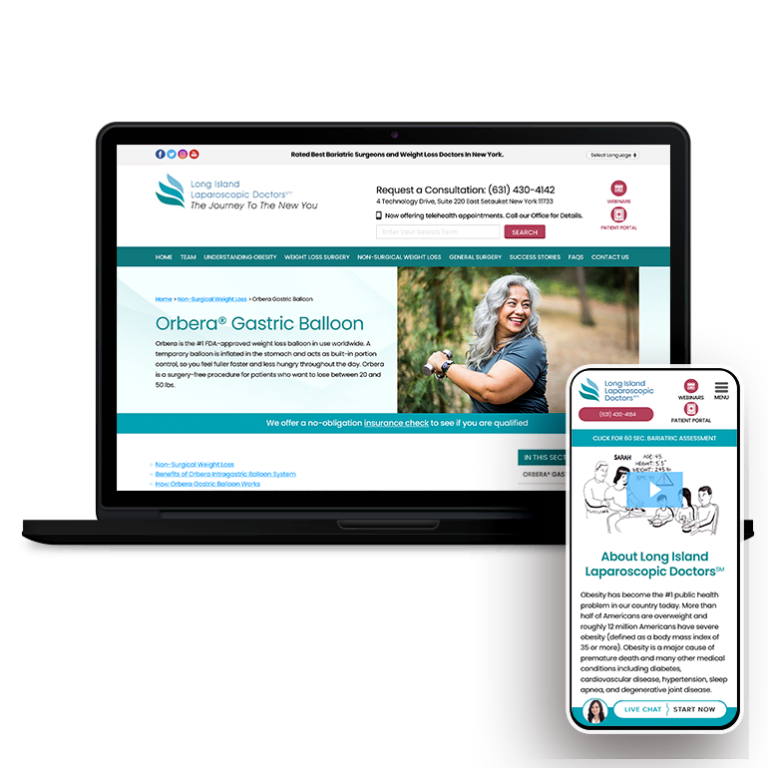

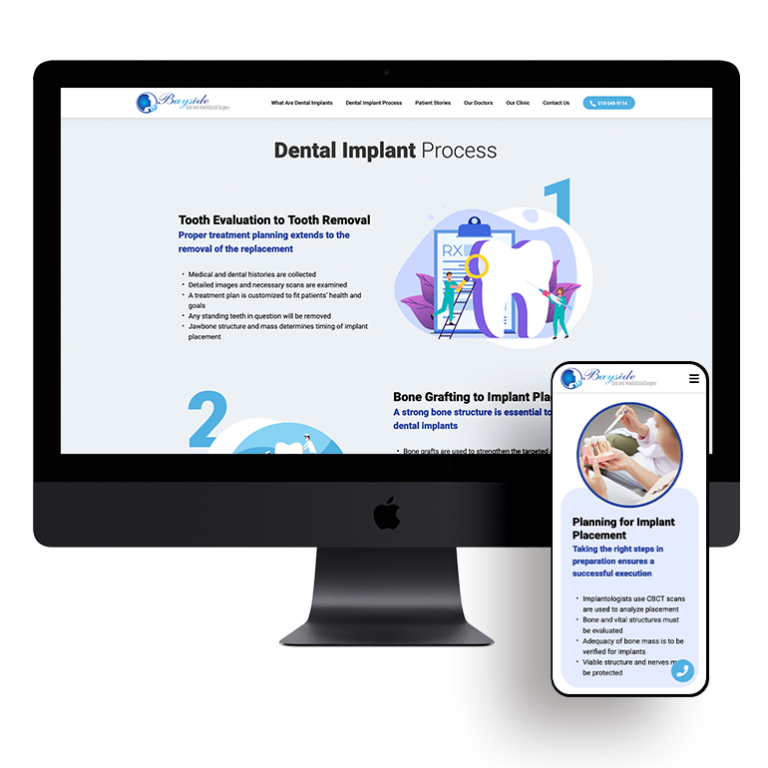




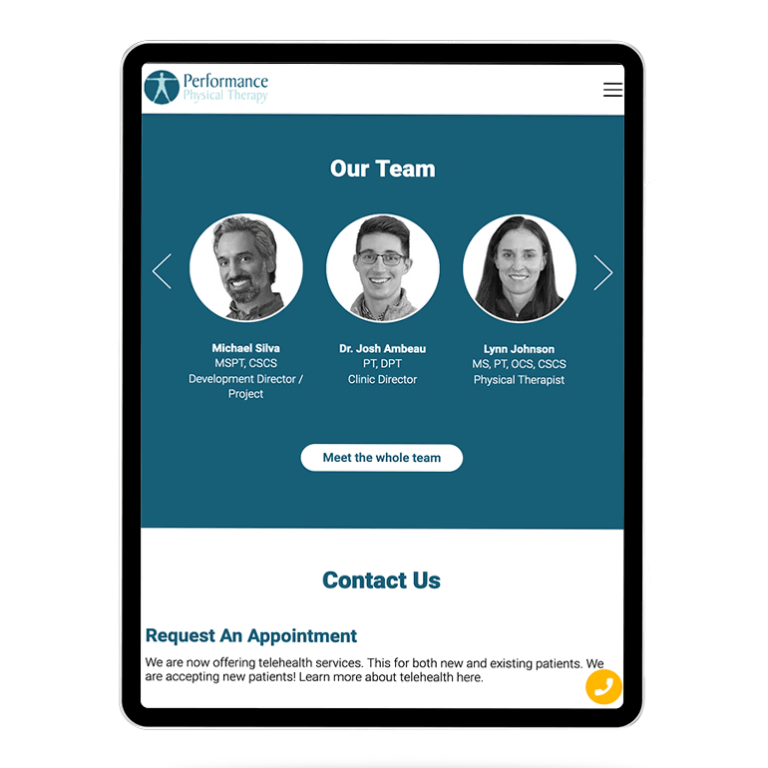

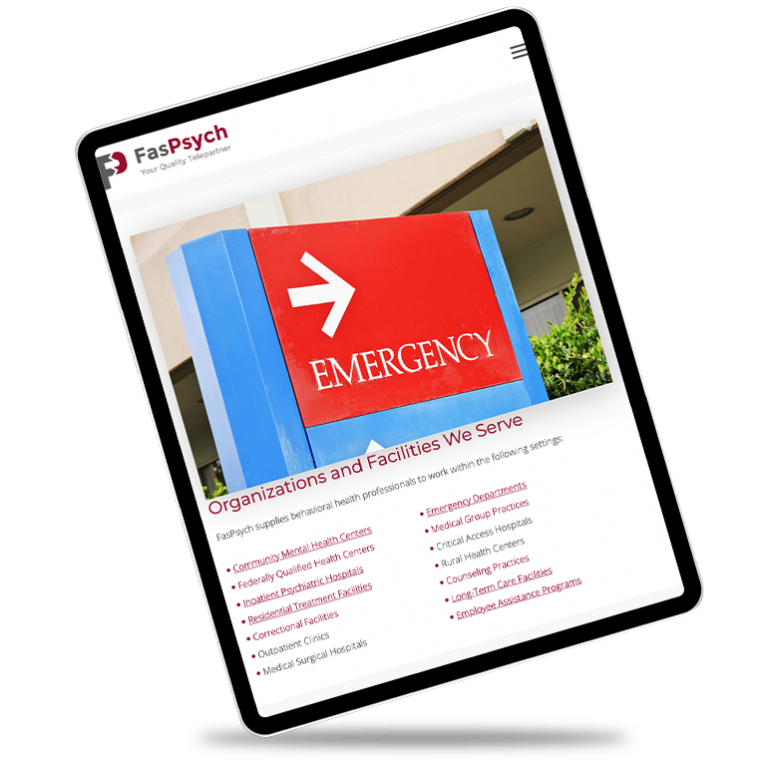
 Smart Design Creates New Patient Opportunities
Smart Design Creates New Patient Opportunities